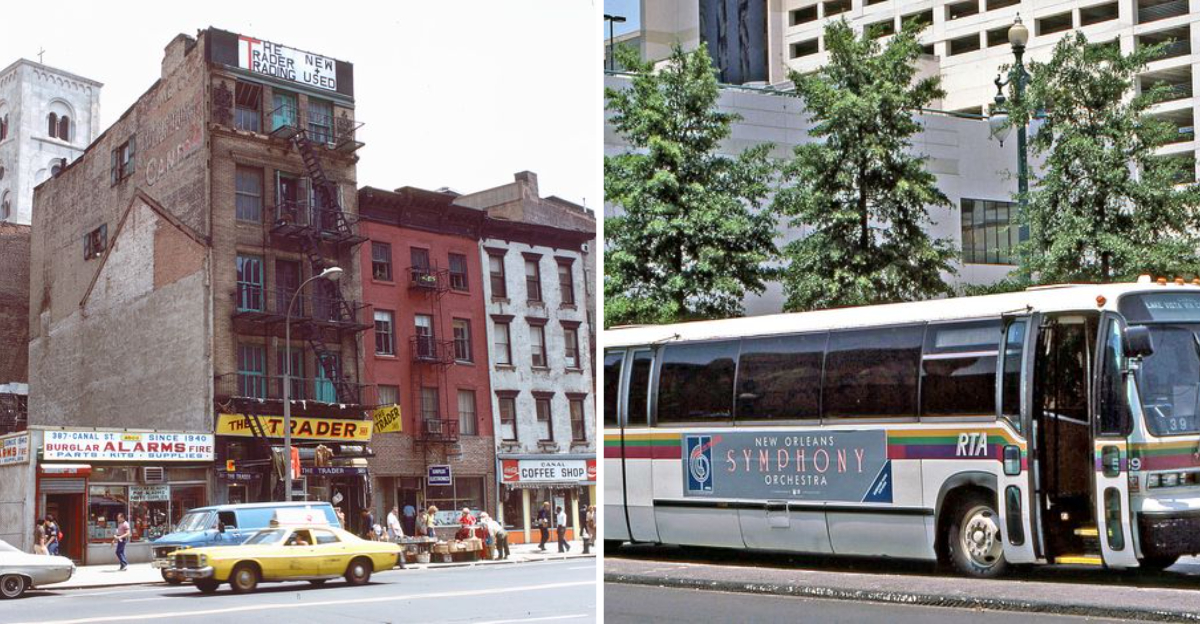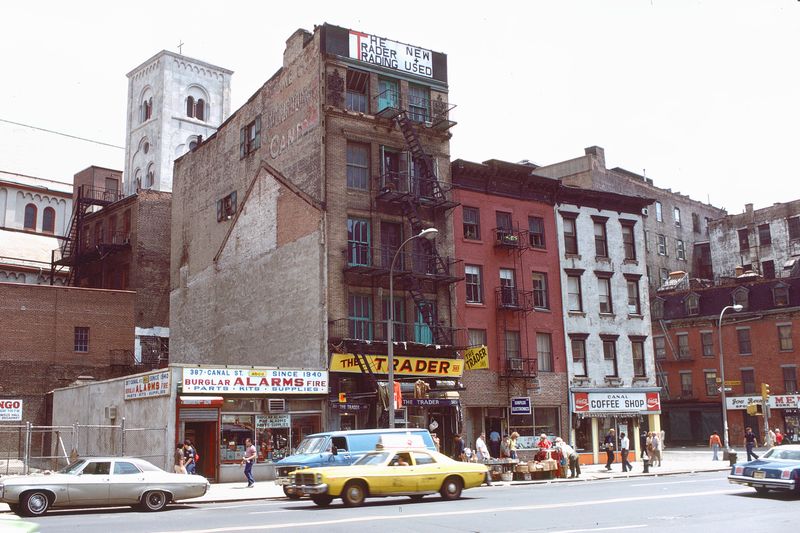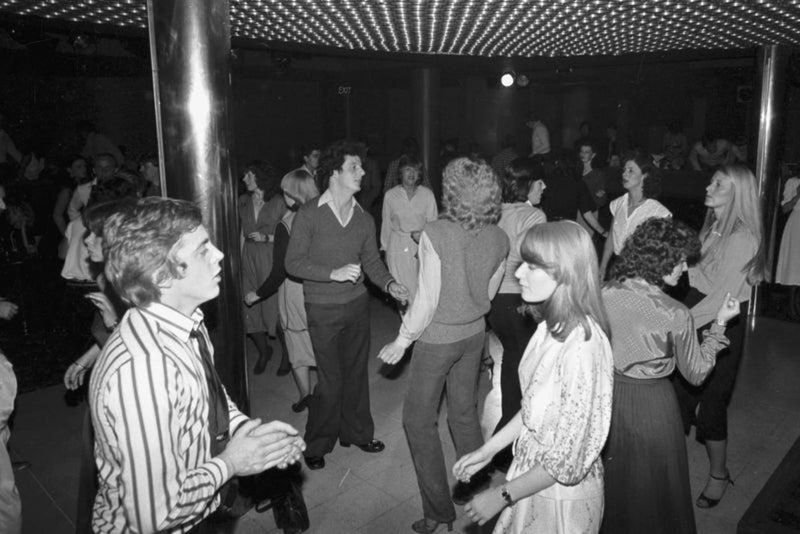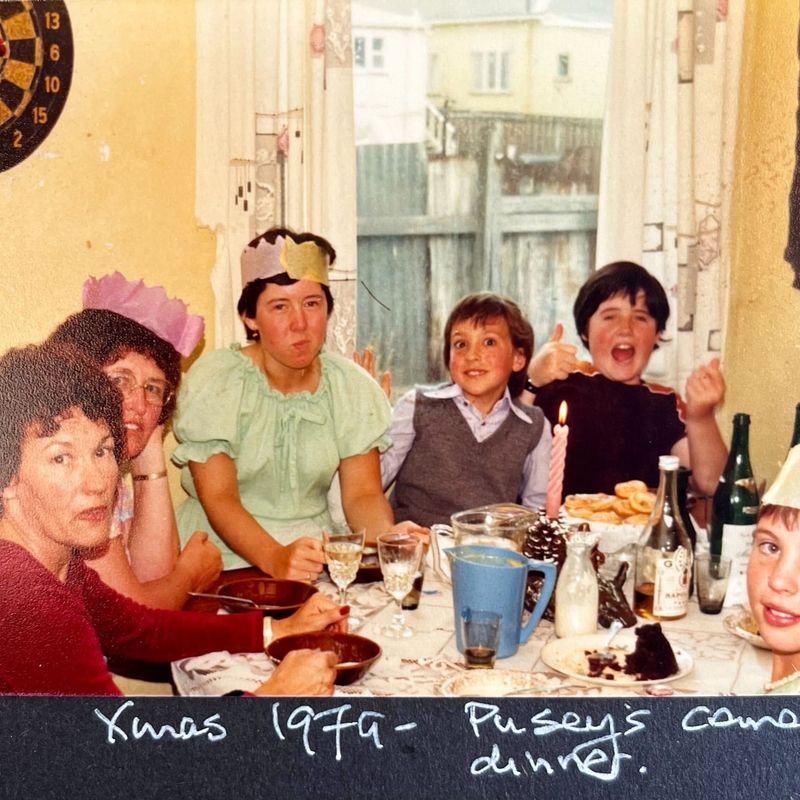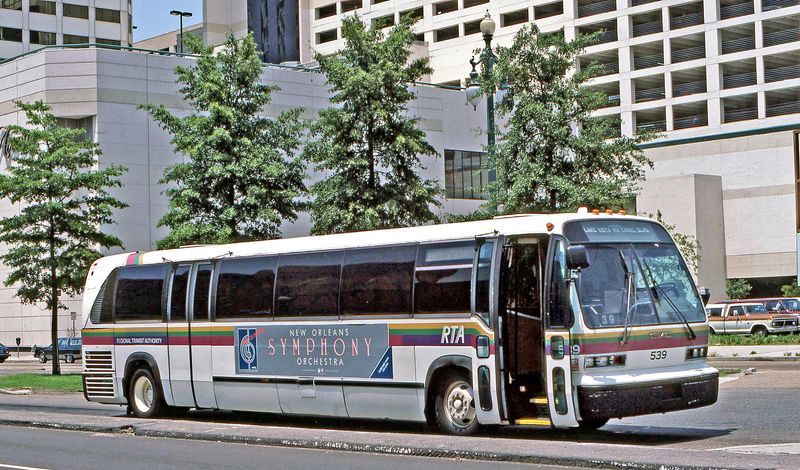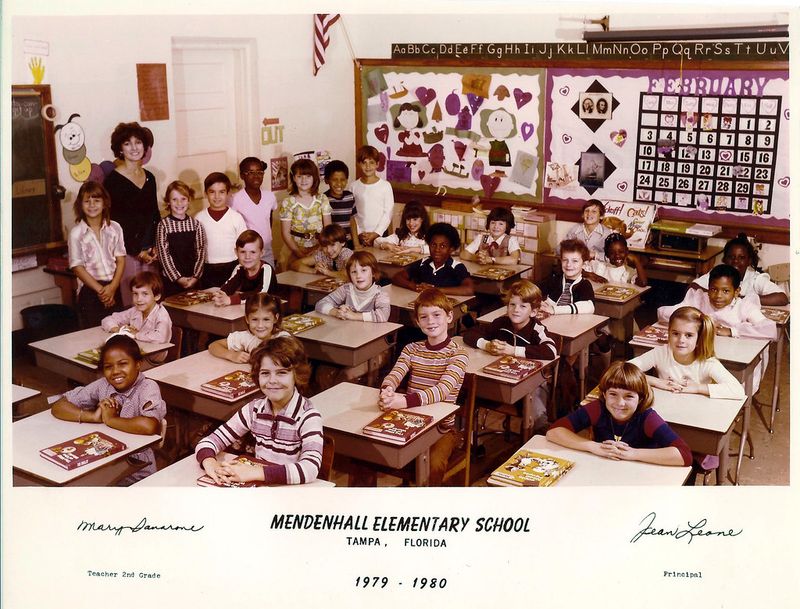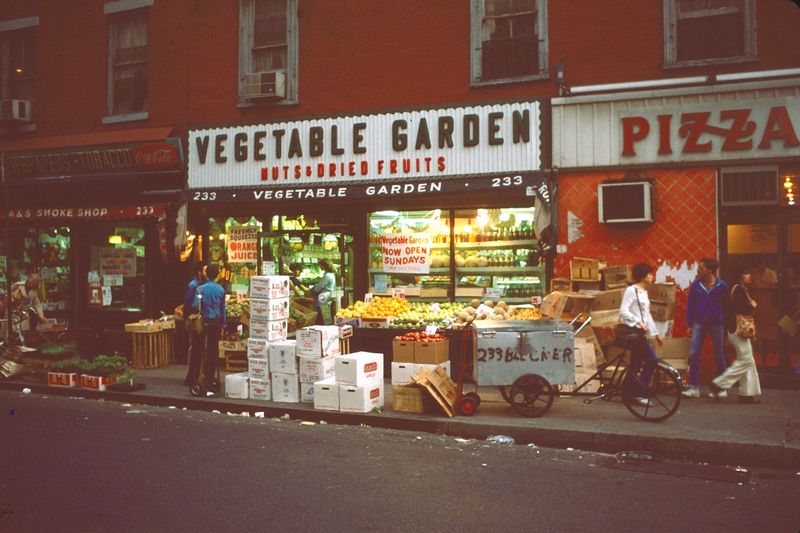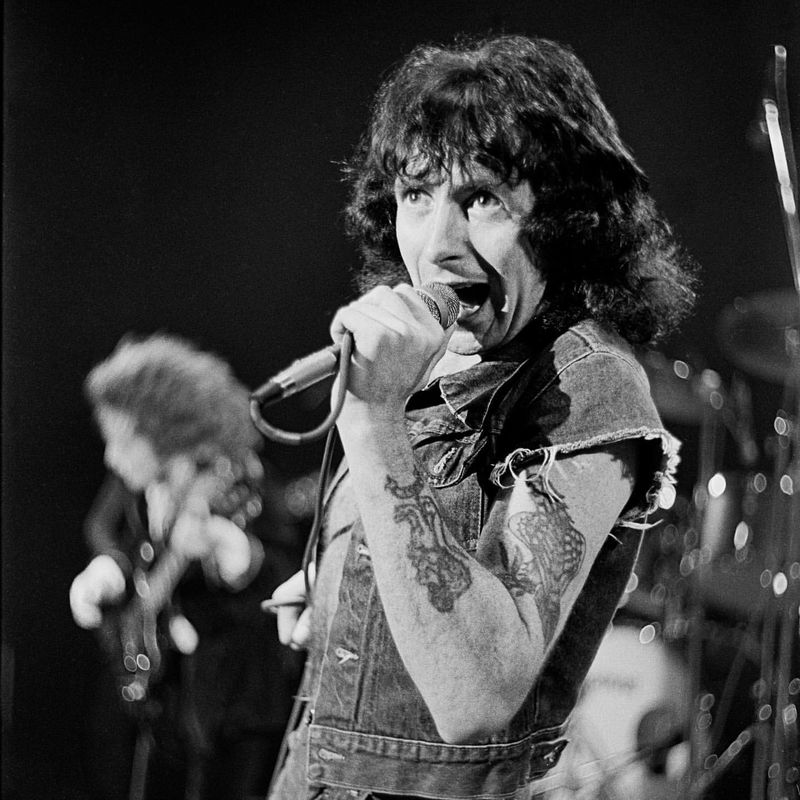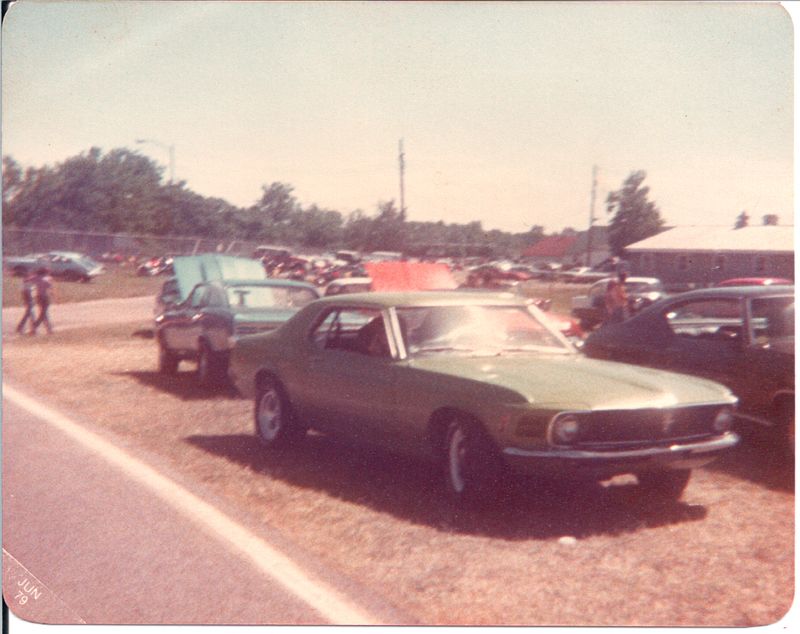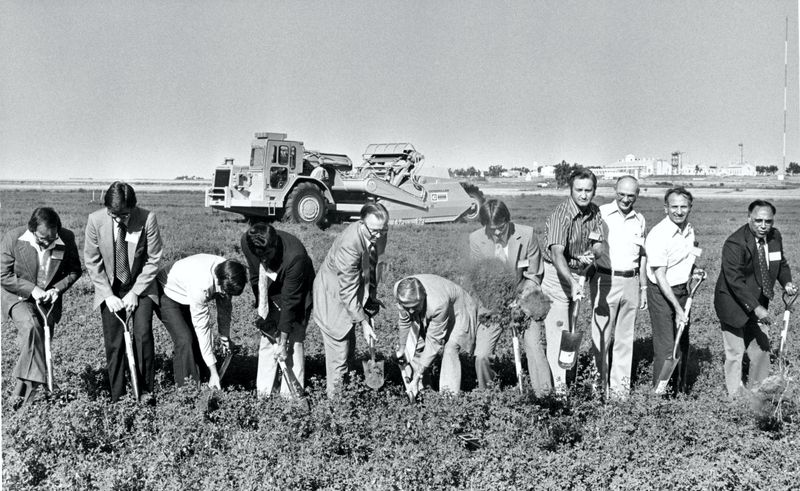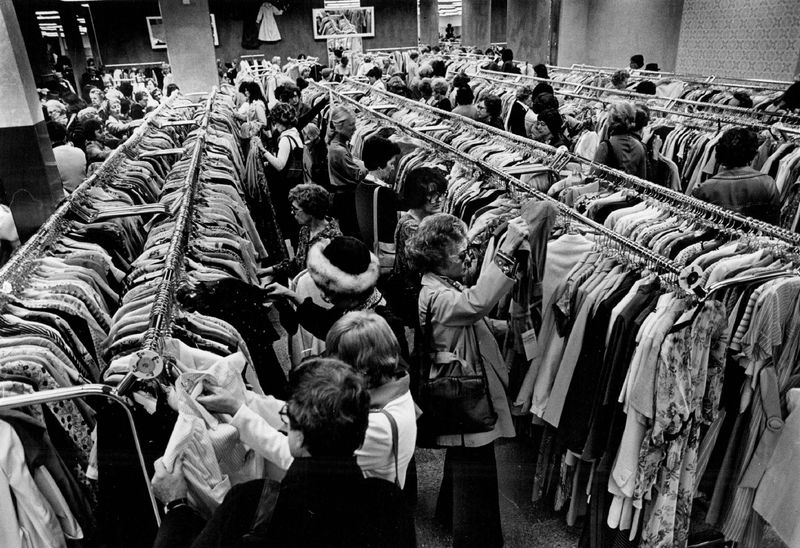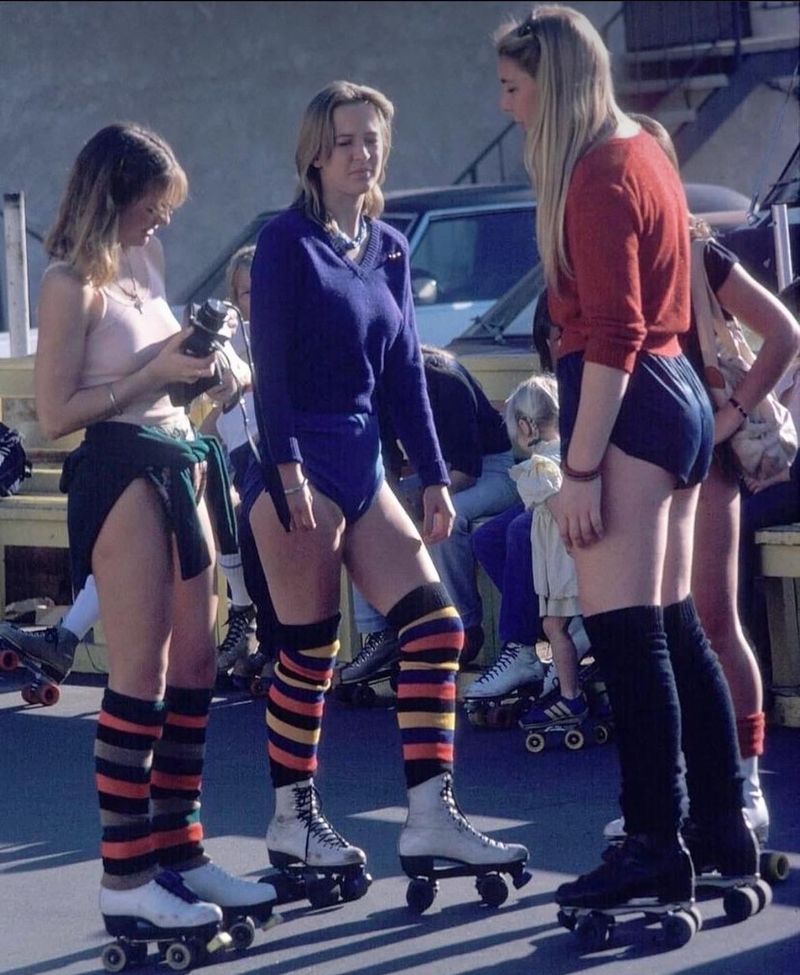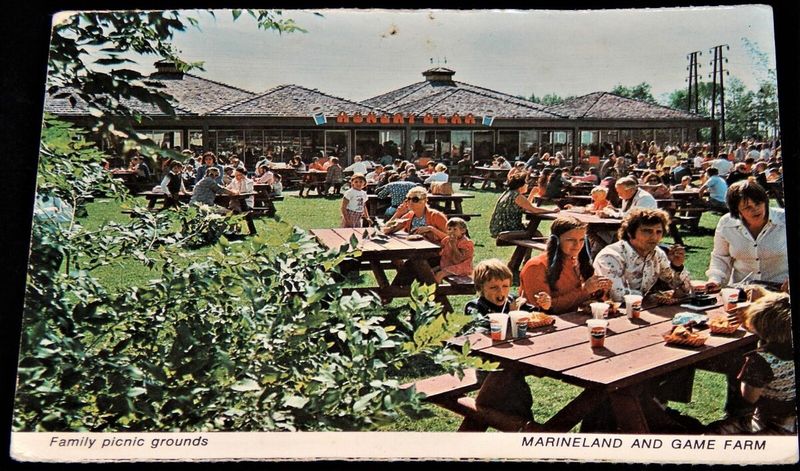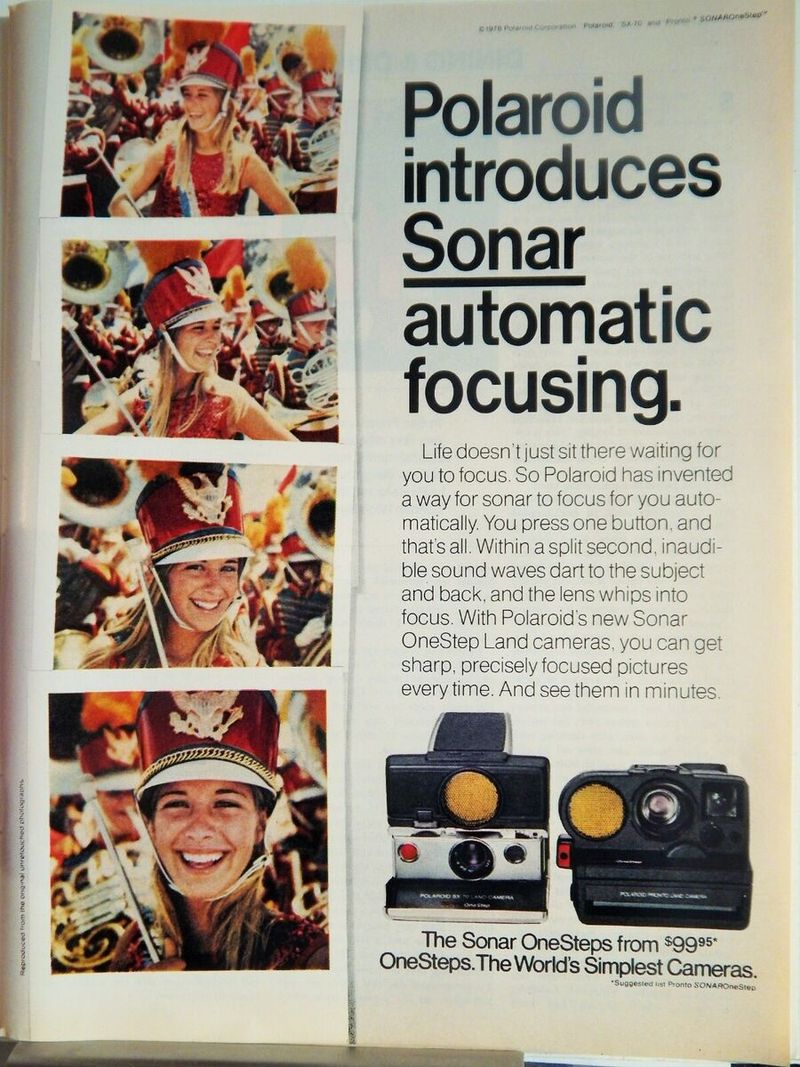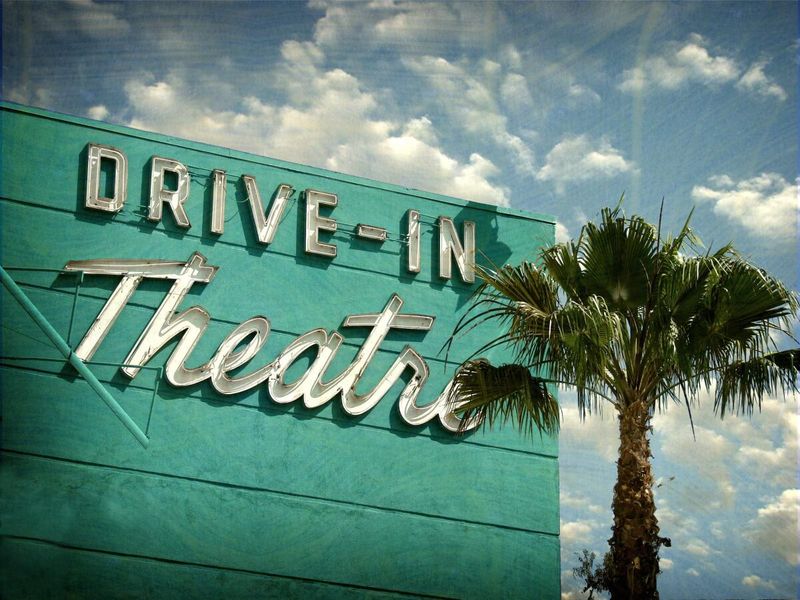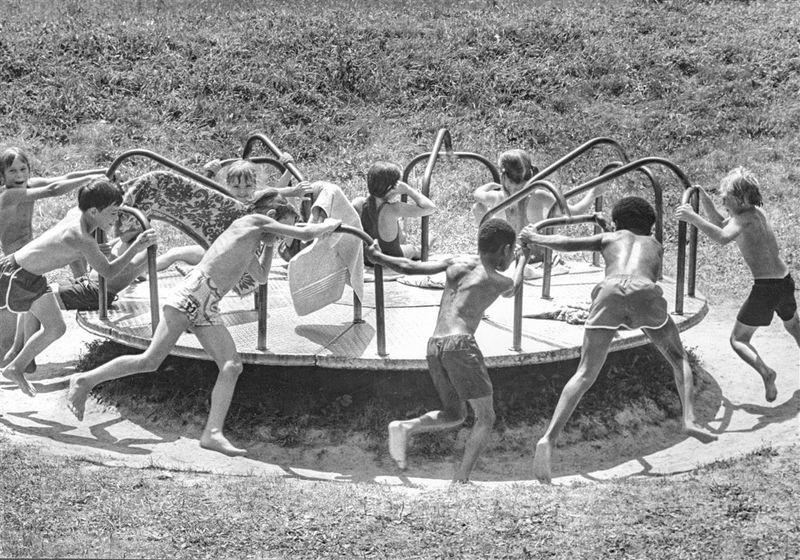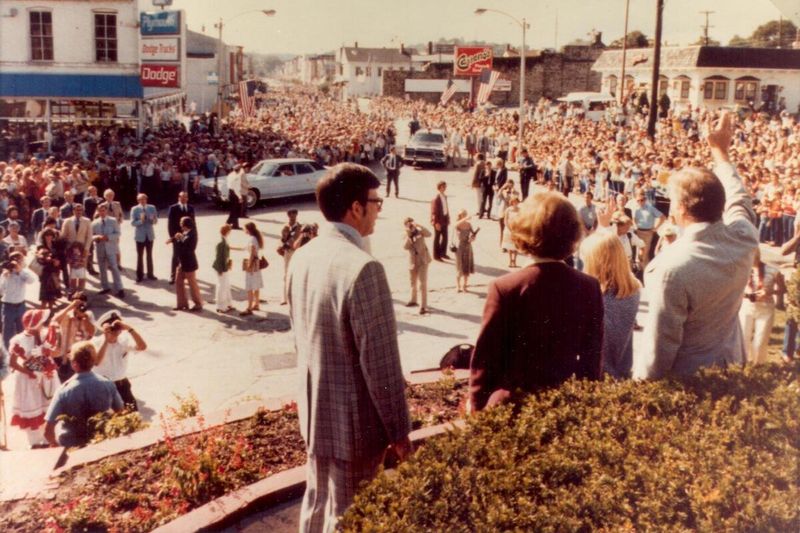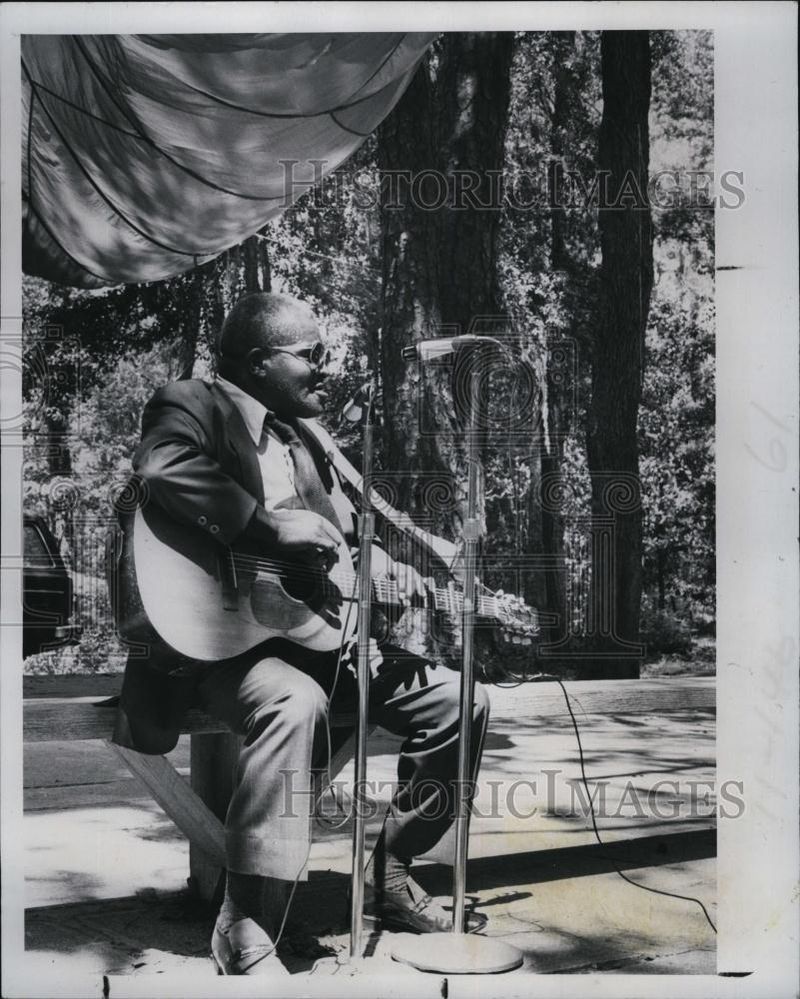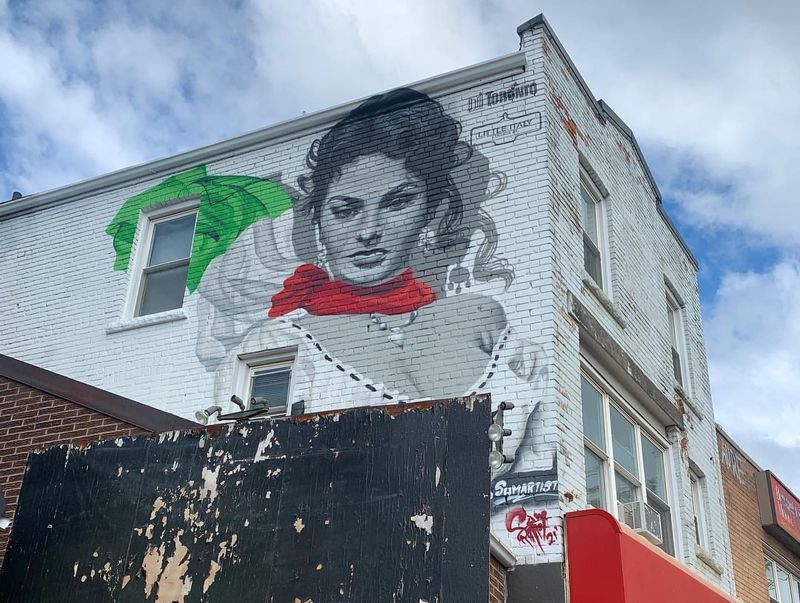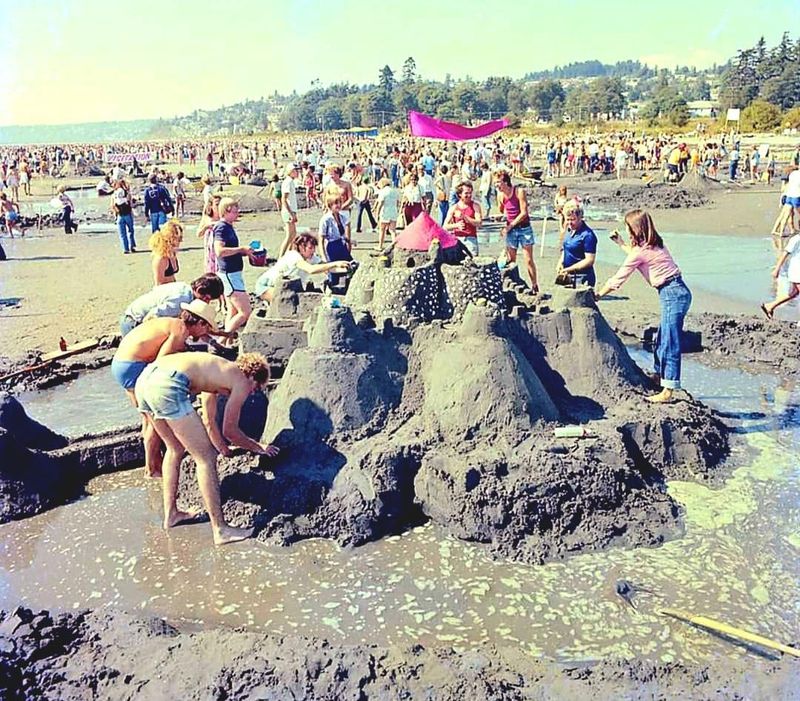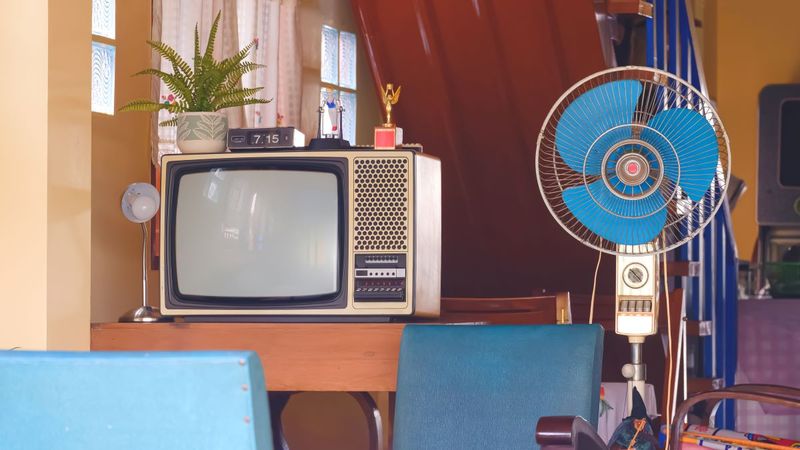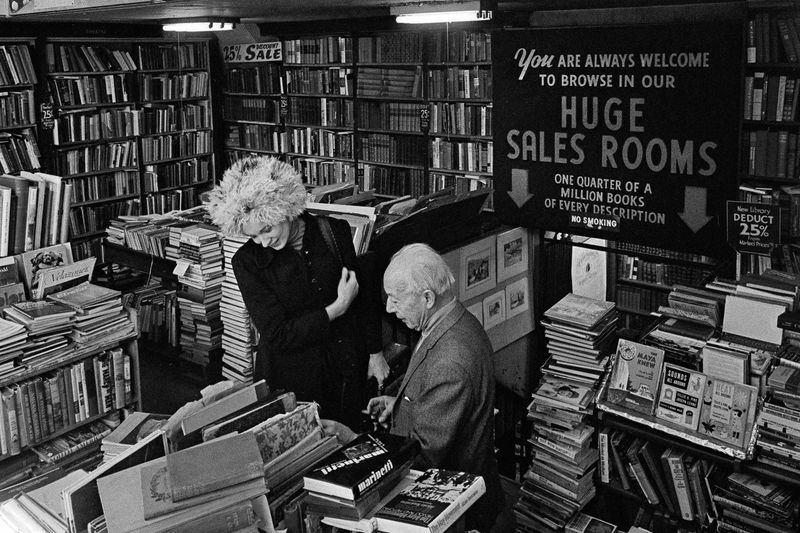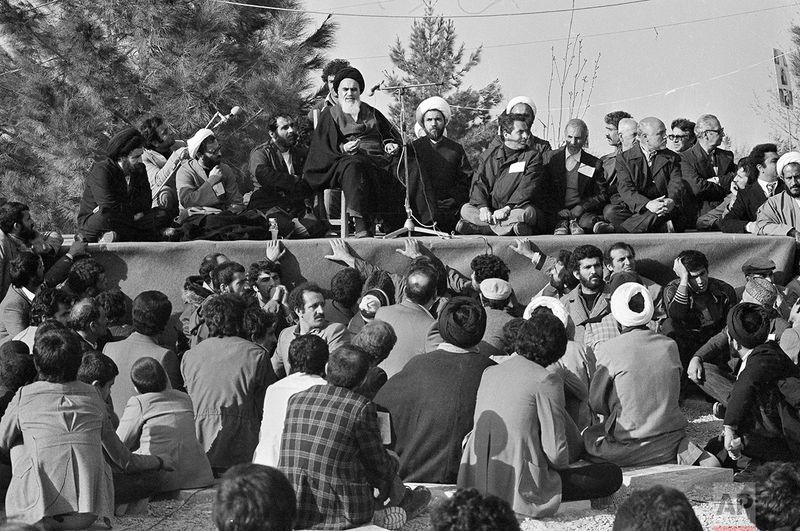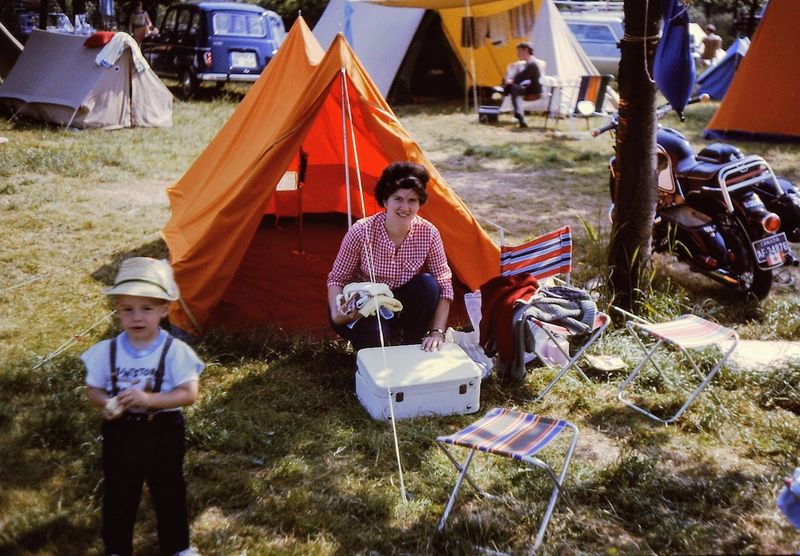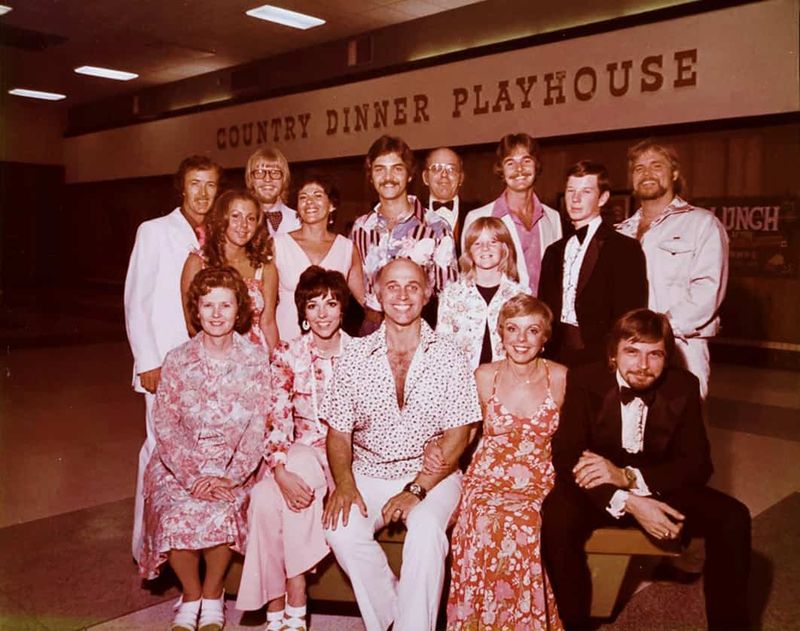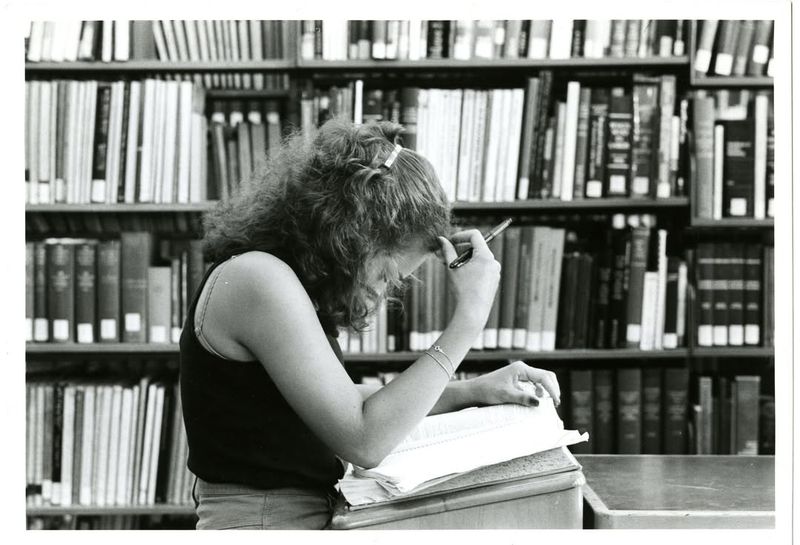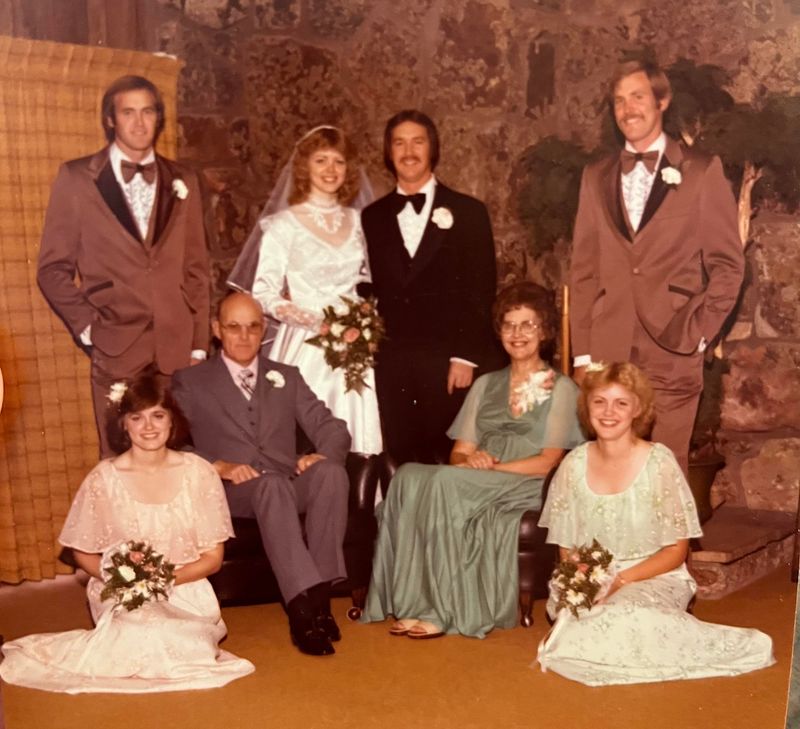In 1979, the world was a vibrant tapestry of cultural shifts, technological advancements, and significant historical events. Through this collection of 27 images, we aim to capture the essence of everyday life during this remarkable year. From bustling city streets to iconic fashion trends, each photo tells a story that reflects the spirit of the times. Join us on this visual journey to explore how people lived, worked, and celebrated in 1979, offering a nostalgic glimpse into a year that shaped the modern world.
Street Scene in New York
In the heart of New York City, 1979, the streets buzzed with energy. People sported bell-bottom jeans and vibrant patterns, embodying the fashion trends of the era. Taxis honked as they navigated through the sea of vehicles, while street vendors called out, selling everything from hot dogs to newspapers.
The city was alive with cultural diversity, a melting pot of languages and traditions converging in one place. Skyscrapers towered above, casting shadows over the bustling sidewalks. The sights and sounds of this iconic city captured the essence of urban life in the late 1970s.
Disco Club Night
The disco era was in full swing in 1979, with clubs pulsating to the rhythm of lively beats. Under the kaleidoscope of colorful lights, people danced with exuberance, their movements synchronized to the infectious tunes of the time.
Sequined outfits sparkled under the disco balls, and the air was filled with an electric energy. For many, disco clubs were a haven of freedom and expression, where the worries of the world could be forgotten on the dance floor.
This social phenomenon left a lasting impression on the cultural landscape of the time.
Family Dinner Table
The family dinner table in 1979 was a place of connection and tradition. Gathered around the table, family members shared stories of their day, laughing over home-cooked meals. Retro decor adorned the dining room, with floral patterns and pastel hues creating a cozy ambiance.
At the center of the table, a hearty meal was served, reflecting the culinary trends of the era. From casseroles to Jell-O salads, each dish was a testament to the creativity and simplicity of home cooking.
This daily ritual brought families together in a time of rapid change.
Public Bus Commute
In 1979, public buses were a common mode of transportation, bustling with passengers from all walks of life. Each ride was a mini-adventure through the city, with people reading newspapers or engaging in lively conversations.
The bus was a tapestry of vintage clothing and hairstyles, from flared pants to feathered hair. As the vehicle maneuvered through traffic, passengers held on tight, swaying with its movements.
This daily commute was more than just a means to an end; it was an integral part of urban life, connecting communities in an ever-evolving cityscape.
School Classroom
The classroom of 1979 was a lively environment where students in bell-bottoms filled wooden desks, eagerly awaiting their lessons. Chalkboards were the center of activity as teachers scribbled notes and diagrams, guiding young minds through the curriculum.
Colorful posters decorated the walls, showcasing educational themes and motivational messages. The sound of pencils scratching on paper mixed with the occasional murmur of whispers and laughter.
Education in 1979 was a blend of traditional methods and emerging ideas, laying the foundation for future generations to learn, grow, and explore new possibilities.
Local Market
The local market in 1979 was a vibrant hub of activity, where community members gathered to buy and sell goods. Stalls brimmed with fresh produce, handmade crafts, and an array of everyday essentials.
Shoppers haggled over prices, exchanging friendly banter with vendors. The air was rich with the scent of fresh bread and ripe fruits, enticing passersby to stop and explore.
This marketplace was more than just a place of commerce; it was a social gathering, fostering connections and building relationships within the community. Such markets were the lifeblood of many towns and cities.
Rock Concert
In 1979, rock concerts were electrifying events, drawing fans from far and wide to experience the thrill of live music. The stage was set for energy and enthusiasm, with bands belting out hits that resonated with the audience.
Fans swayed and sang along, lost in the powerful melodies and lyrics that defined a generation. The atmosphere was charged with excitement, as music became a unifying force among diverse crowds.
For many, attending a rock concert was a rite of passage, a chance to connect with others through the universal language of music and shared experiences.
Vintage Car Show
Car enthusiasts in 1979 were drawn to vintage car shows, where classic automobiles from different eras were showcased. Gleaming chrome and polished paint reflected the pride owners took in their collections.
Each vehicle had its own story, a piece of automotive history preserved and celebrated. Enthusiasts gathered to admire the craftsmanship and engineering prowess of these timeless machines.
Conversations flowed easily among attendees, sharing tips and tales of restoration and discovery. For many, the car show was a chance to relive the golden era of motoring, appreciating the beauty and elegance of design from years gone by.
Farmers at Work
In 1979, agriculture was at the heart of rural communities, with farmers diligently working the fields. Using traditional tools and techniques, they cultivated the land, ensuring a bountiful harvest for the year.
The rhythm of farm life was dictated by the changing seasons, with planting, tending, and harvesting taking center stage. Family members often joined in, passing down skills and knowledge through generations.
Farming in 1979 was a labor of love, a testament to resilience and dedication. It was a way of life that connected people to the earth and each other, nurturing both land and community.
Fashion Boutique
The fashion boutique of 1979 was a treasure trove of style, where the latest trends were displayed with flair. Mannequins wore bold patterns and vibrant colors, reflecting the individuality and creativity of the time.
Customers browsed through racks of clothing, seeking unique pieces that defined their personal style. Accessories like chunky jewelry and wide-brimmed hats completed the look, adding a touch of glamour to everyday outfits.
The boutique was more than a retail space; it was an expression of cultural identity, where fashionistas found inspiration and confidence in their sartorial choices.
Roller Skating Rink
Roller skating rinks in 1979 were scenes of fun and freedom, where people of all ages gathered to glide across the polished floors. Music played in the background, setting the pace for skaters to twirl and dance.
Friends and family shared laughter and camaraderie, learning new moves or simply enjoying the thrill of movement. The rink was a place of joy and relaxation, a break from the routine of daily life.
For many, it was a cherished pastime that brought communities together, fostering friendships and creating lasting memories on wheels.
Science Fair
In 1979, school science fairs were exciting events, where students showcased their curiosity and creativity. Homemade projects filled the room, from simple experiments to complex displays, each representing a young scientist’s journey of discovery.
Parents and teachers wandered through the exhibits, asking questions and encouraging budding scientists to explore further. The air buzzed with enthusiasm as students explained their findings, proud of their achievements.
These fairs were more than just competitions; they were celebrations of learning and innovation, inspiring a future generation of thinkers, inventors, and dreamers eager to make a difference.
Outdoor Picnic
The outdoor picnic in 1979 was a delightful escape into nature, where families gathered to enjoy good food and great company. A checkered blanket spread on the grass, laden with traditional picnic fare like sandwiches, fruit, and lemonade.
Children played nearby, their laughter mingling with the rustle of leaves and the chirping of birds. It was a time to relax and recharge, away from the hustle and bustle of everyday life.
Picnics were cherished moments that strengthened family bonds, offering a simple yet profound way to connect with nature and each other.
Polaroid Photography
Polaroid cameras in 1979 were a must-have for capturing spontaneous moments and preserving memories. At parties and gatherings, friends would pose for instant photos, eagerly waiting for the image to develop before their eyes.
The joy of Polaroids was in their immediacy, offering a tangible memento to cherish and share. Each picture told a story, a snapshot of laughter, friendship, and celebration.
This iconic device symbolized the democratization of photography, allowing everyone to become a photographer and create lasting keepsakes of life’s special occasions.
Outdoor Cinema
The outdoor cinema experience in 1979 was a magical evening under the stars, where films came to life on a giant screen. Families and friends gathered with blankets and snacks, ready to be entertained by the silver screen.
The audience was captivated by the movie, laughter and gasps echoing through the open air. It was a communal experience, bringing people together to enjoy the art of storytelling.
These events were a cherished tradition, offering a unique way to escape into the world of film while enjoying the beauty of nature and the company of others.
Children’s Playground
Children’s playgrounds in 1979 were vibrant spaces filled with laughter and play, where imagination knew no bounds. Swings, slides, and merry-go-rounds invited kids to explore, climb, and create their own adventures.
Vivid colors painted the playground, sparking creativity and joy among young minds. Friends gathered, forming bonds through shared games and discoveries.
The playground was more than just a place to play; it was a crucial part of childhood development, nurturing social skills and physical growth. It was where lifelong memories were made, under the watchful eyes of caregivers and guardians.
City Park Stroll
City parks in 1979 offered a serene escape from urban life, where people could take leisurely strolls amidst nature’s beauty. Lush green lawns, blooming flowers, and towering trees created a picturesque setting for relaxation and reflection.
Couples walked hand in hand, children played, and individuals found solace in the tranquility of the park. It was a space to unwind, to connect with the natural world, and to breathe freely away from the bustling city streets.
These parks were vital urban sanctuaries, enriching the lives of all who visited, offering peace and rejuvenation.
Street Musician Performance
Street musicians in 1979 brought music to the heart of the city, performing melodies that resonated with passersby. Armed with guitars or harmonicas, they filled the air with tunes that reflected the soul of the community.
Small crowds gathered, some pausing on their way to listen, others dropping coins in appreciation. The music created a sense of connection, a shared moment of joy amidst the everyday hustle.
These performers added vibrancy to urban life, their songs weaving into the tapestry of the city’s soundscape, bringing smiles and a touch of magic to those who stopped to listen.
Urban Graffiti Art
In 1979, urban graffiti was emerging as a powerful form of self-expression, with artists turning city walls into vibrant canvases. Each piece told a story, a reflection of societal issues, personal struggles, or simply an explosion of creativity.
Colors clashed and blended, forming images that captivated and challenged onlookers. Graffiti was more than vandalism; it was a movement that gave voice to the voiceless, sparking dialogue and debate.
This art form transformed the urban landscape, making streets and alleys come alive with messages, both overt and covert, that resonated with the diverse city dwellers.
Beach Day Fun
Beach days in 1979 were a quintessential summer escape, where people flocked to the shore to bask in the sun and frolic in the sea. Vintage swimsuits, sun hats, and colorful towels adorned the beach, creating a vibrant scene of relaxation and enjoyment.
Children built sandcastles while adults lounged with novels or engaged in spirited games of beach volleyball. The salty breeze and gentle waves provided the perfect backdrop for a day of leisure.
These coastal retreats offered respite from daily routines, bringing joy and rejuvenation through the simple pleasures of sun, sand, and surf.
Home TV Watching
In 1979, television was a central fixture in many homes, providing entertainment and information. Families gathered around the TV in their living rooms, enjoying shows and news broadcasts together.
The retro decor of the era, with patterned wallpaper and shag carpets, set the scene for these shared moments. Remote controls were a luxury, and channel surfing required physical effort.
Television brought stories and events from the world into the home, shaping perceptions and sparking conversations. It was a window to the world, bridging distances and creating a shared cultural experience among viewers.
Bookstore Browsing
Bookstores in 1979 were havens for readers, offering a quiet escape into worlds of fiction and knowledge. Shelves lined with new and classic titles invited exploration, enticing visitors to lose themselves in pages.
The smell of fresh paper and ink filled the air as people browsed, seeking inspiration or simply indulging a love for reading. Bookstore staff offered recommendations, sharing their passion for the written word.
These literary sanctuaries were more than retail spaces; they were places of discovery and connection, where readers found solace, adventure, and companionship within the covers of books.
Community Parade
Community parades in 1979 were celebrations of local culture and unity, with colorful floats and festive attire marking the occasion. People lined the streets, cheering as the procession passed, each float a testament to creativity and community spirit.
Music, laughter, and a sense of camaraderie filled the air, as participants and spectators alike joined in the festivities. It was a time to showcase local talent, traditions, and pride.
Parades were more than just events; they were expressions of identity and belonging, drawing communities together in joyful celebration and shared heritage.
Camping Adventure
Camping in 1979 was an adventure into the great outdoors, where families set up tents and cooked over campfires. Nature was the playground, offering endless opportunities for exploration and bonding.
The crackle of the fire, the scent of roasting marshmallows, and the canopy of stars created a magical atmosphere. Stories were shared, and connections deepened in the warmth of the campfire glow.
This escape into nature provided respite from the demands of modern life, fostering appreciation for the simple joys and beauty of the natural world, strengthening family ties in the process.
Local Theater Play
Local theaters in 1979 were hubs of cultural enrichment, where actors brought stories to life on stage. Audiences gathered, captivated by the performances unfolding before them, each play a window into different worlds.
The intimate setting fostered a connection between performers and spectators, making the experience personal and engaging. The laughter, tears, and applause were shared moments of emotion and reflection.
Theater was more than entertainment; it was a celebration of human creativity and expression, offering insights into society, history, and the human condition, enriching the cultural fabric of the community.
Library Study Session
Libraries in 1979 were sanctuaries of learning, where students gathered for study sessions amidst stacks of books. Wooden tables offered space for concentration, as the quiet ambiance encouraged focus and contemplation.
Bookshelves lined the walls, filled with knowledge waiting to be discovered. Students collaborated on projects, sharing ideas and insights, while librarians provided guidance and resources.
These study sessions were more than academic exercises; they were opportunities to explore, learn, and grow. Libraries were cornerstones of education, nurturing curiosity and fostering a love for learning in a supportive environment.
Traditional Wedding Ceremony
Traditional wedding ceremonies in 1979 were celebrations of love and commitment, marked by timeless customs and rituals. The bride and groom exchanged vows in front of family and friends, a testament to their shared future.
Elegantly dressed guests witnessed the union, participating in the joy and festivity of the occasion. Flowers, music, and heartfelt speeches added to the ambiance, creating a memorable event.
Weddings were more than just ceremonies; they were milestones in life’s journey, reflecting the values and traditions of the couple and their community, uniting people in celebration and support.
